Contents
All You Need to Know About Arm Casts: A Comprehensive Guide to Treating Arm Injuries
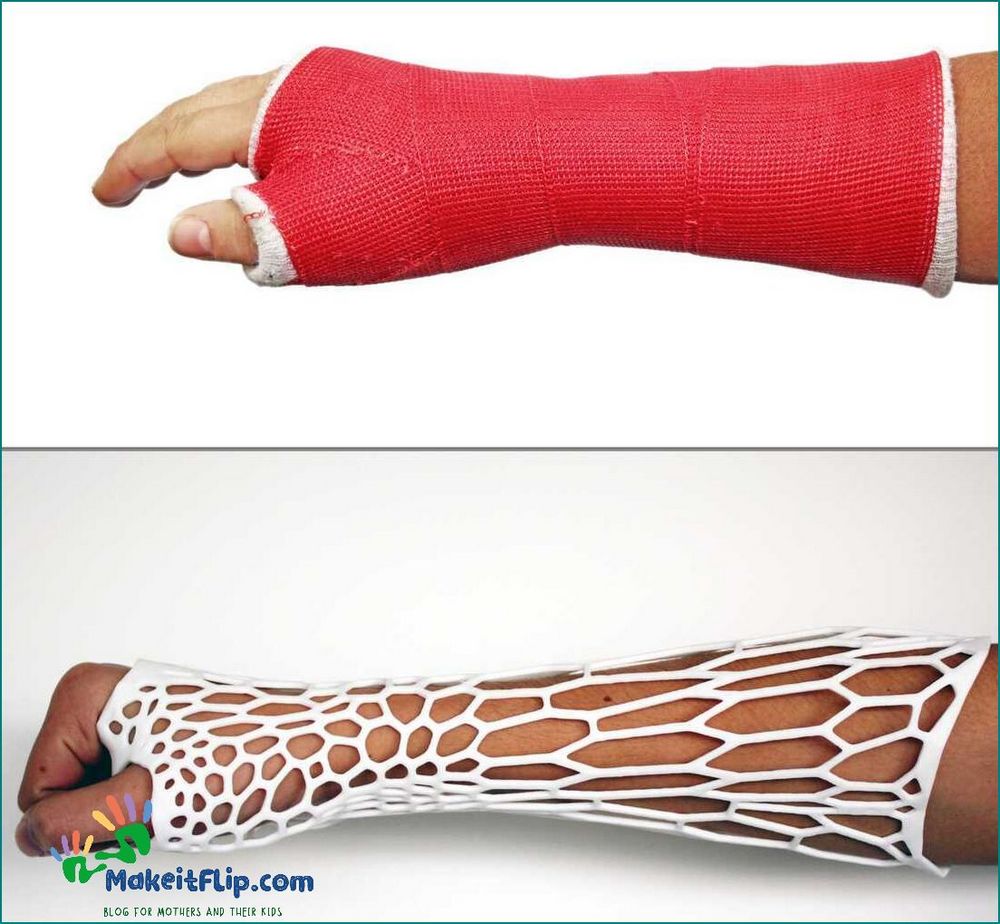
When it comes to orthopedic injuries, arm fractures are quite common. Whether it’s a broken bone or a severe injury, a cast is often required to aid in the recovery process. A cast is a supportive device that helps immobilize the affected arm, allowing the bone to heal properly. It not only helps in reducing pain but also prevents further damage to the injured area.
One of the commonly used types of casts for arm injuries is the sling cast. This type of cast is designed to support the arm by suspending it in a sling-like structure. It provides stability and comfort while allowing the injured arm to rest and heal. The sling cast is typically made of a lightweight material that is both durable and breathable, ensuring maximum comfort during the recovery period.
Wearing a cast can be a challenge, especially during the initial stages of the recovery process. It may take some time for you to adjust to the cast and find the most comfortable position. However, it is crucial to follow your doctor’s instructions and avoid any activities that could potentially disrupt the healing process. Remember, the cast is there to protect your arm and promote a speedy recovery.
Once your arm has fully healed, your doctor will remove the cast. However, the recovery process doesn’t end there. It is important to gradually regain strength and flexibility in your arm through physical therapy exercises. Your doctor or physical therapist will provide you with a customized rehabilitation plan to help you regain full functionality in your arm.
Remember, if you have an arm injury, seeking medical attention is crucial. Only a qualified healthcare professional can properly assess your injury and determine the best course of treatment, which may include the use of a cast.
What Is an Arm Cast?
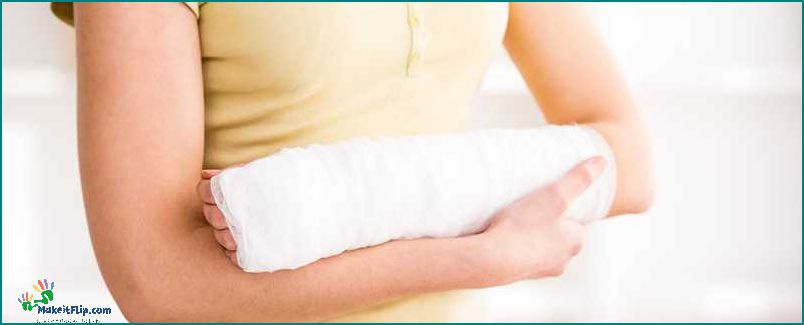
An arm cast is a type of orthopedic cast used to treat a broken or fractured arm. It is a supportive device that helps immobilize the arm and promote healing. When someone sustains an arm injury, such as a fracture, they may need to wear a cast to protect the injured area and allow it to heal properly.
Arm casts are typically made of fiberglass or plaster and are applied by a healthcare professional. The cast is molded around the injured arm, providing stability and support. It helps to keep the broken bones in place and prevent further damage.
Wearing an arm cast can be uncomfortable at first, but it is an essential part of the recovery process. It helps to reduce pain and swelling, and allows the injured arm to heal. Depending on the severity of the injury, the cast may need to be worn for several weeks or even months.
During the healing process, it is important to follow the healthcare professional’s instructions regarding cast care. This may include keeping the cast dry, avoiding certain activities, and regularly checking for signs of infection or discomfort.
In some cases, a sling may be used in conjunction with the arm cast to provide additional support and comfort. The sling helps to take the weight off the arm and reduce strain on the injured area.
Overall, an arm cast is an important tool in the treatment of arm injuries. It provides the necessary support and protection to allow the arm to heal properly. If you have sustained an arm injury, it is important to seek medical attention to determine if an arm cast is necessary for your recovery.
Understanding the Purpose and Function
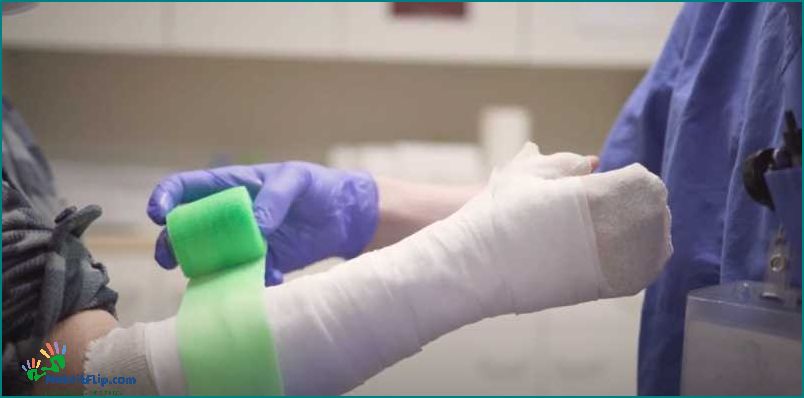
When you have a broken or fractured arm, it is important to seek medical attention from an orthopedic specialist. They will assess the extent of your injury and determine the best course of treatment. In many cases, a cast will be recommended to aid in the healing process.
A cast is a hard, protective covering that is applied to the injured arm. It helps to immobilize the broken bone and prevent further injury. By keeping the arm in a stable position, the cast allows the bone to heal properly.
One of the main purposes of a cast is to reduce pain. When you have a broken arm, movement can be extremely painful. The cast helps to restrict movement and alleviate discomfort. It also provides support to the injured area, reducing the risk of further injury.
Additionally, a cast is crucial for the recovery process. It helps to promote proper alignment of the broken bone and prevent deformities. By keeping the arm in the correct position, the cast ensures that the bone heals in the right way.
During the healing process, it is important to take care of your cast. Avoid getting it wet, as moisture can weaken the material and lead to complications. Follow your doctor’s instructions for caring for your cast and attending follow-up appointments.
In conclusion, a cast plays a vital role in the treatment and recovery of a broken or fractured arm. It immobilizes the bone, reduces pain, and promotes proper healing. By understanding the purpose and function of a cast, you can better navigate the healing process and ensure a successful recovery.
Types of Arm Casts
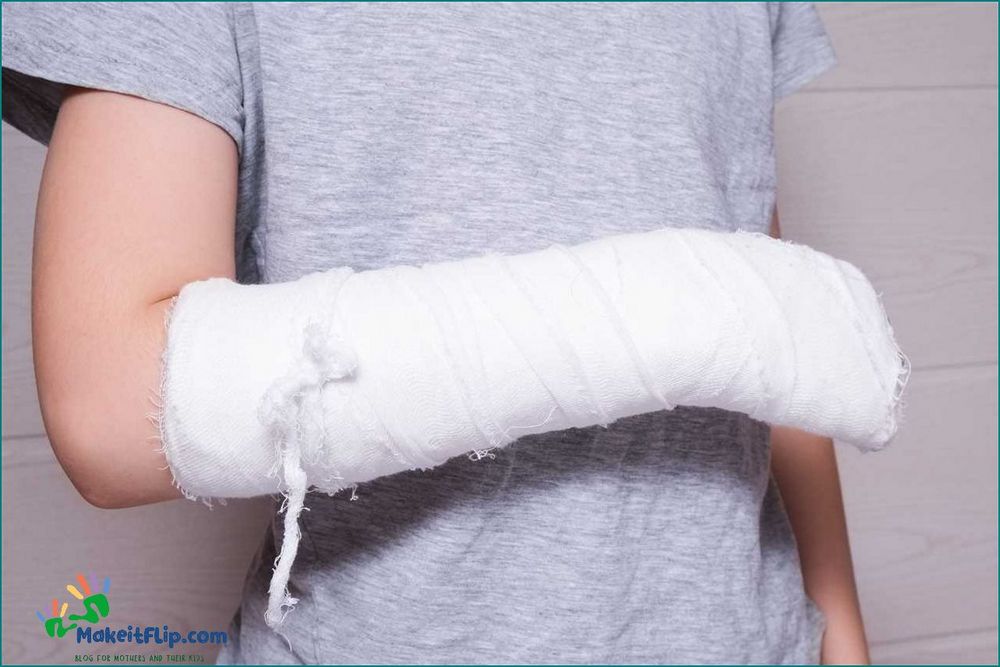
When it comes to treating arm injuries, there are several types of casts that can be used depending on the nature of the injury and the patient’s needs. These casts are designed to provide support and immobilization to the injured arm, allowing for proper healing and recovery.
One common type of arm cast is the traditional plaster cast. This type of cast is made by wrapping layers of wet plaster around the injured arm. Once the plaster hardens, it provides a rigid and durable support for the broken or injured bone. Plaster casts are often used for more severe injuries that require a longer period of immobilization.
Another type of arm cast is the fiberglass cast. This type of cast is made by wrapping layers of fiberglass tape around the injured arm and then applying a special resin that hardens the cast. Fiberglass casts are lighter and more durable than plaster casts, making them a popular choice for many patients. They also allow for better ventilation, which can help reduce itching and odor.
In addition to plaster and fiberglass casts, there are also specialized orthopedic casts that are designed to provide additional support and protection for specific types of arm injuries. These casts may include features such as adjustable straps, removable splints, or built-in braces to help promote proper alignment and healing.
For less severe arm injuries or as a transitional option during the recovery process, a sling may be used instead of a traditional cast. A sling is a fabric band that is worn around the neck and used to support the injured arm. Slings are often used for injuries such as sprains or strains, as they provide some support while allowing for more flexibility and movement.
It is important to consult with a healthcare professional to determine the most appropriate type of cast or sling for your specific arm injury. They will be able to assess the severity of the injury and provide guidance on the best course of treatment for optimal recovery.
When Are Arm Casts Used?
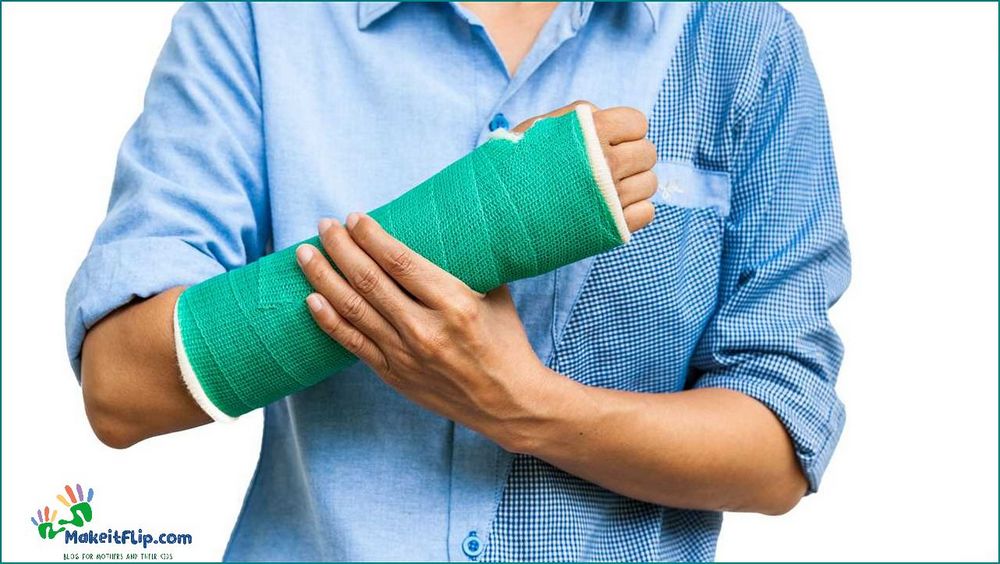
An arm cast is a common orthopedic device used to immobilize and support the arm during the recovery process of a broken bone or fracture. It is typically made of a hard material, such as plaster or fiberglass, and is applied by a healthcare professional.
Arm casts are used when there is a need to stabilize the arm and prevent movement that could further aggravate the injury. They provide support to the injured area and help promote proper healing. Arm casts are commonly used for:
| 1. | Broken bones or fractures in the arm |
| 2. | Injuries to the wrist, forearm, or elbow |
| 3. | Severe sprains or strains |
Arm casts help to reduce pain and swelling by immobilizing the injured area and allowing the tissues to heal. They also provide protection against further injury and support the arm during the recovery process. In some cases, a sling may be used in conjunction with an arm cast to provide additional support and comfort.
It is important to follow the instructions of your healthcare provider regarding the use and care of your arm cast. This may include avoiding certain activities, keeping the cast dry, and attending follow-up appointments for cast adjustments or removal.
If you experience increased pain, swelling, or any other concerning symptoms while wearing an arm cast, it is important to contact your healthcare provider for further evaluation and guidance.
Common Arm Injuries Requiring Casts
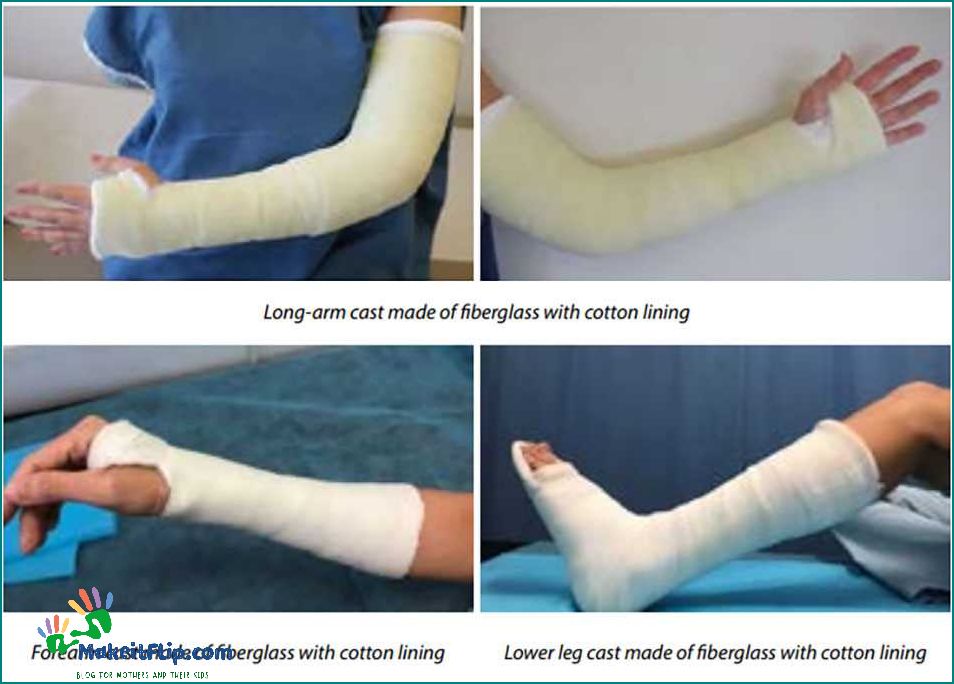
Orthopedic injuries to the arm can range from minor fractures to severe breaks. When an arm injury occurs, it is important to seek medical attention promptly to prevent further damage and promote proper healing.
A broken arm is one of the most common arm injuries that may require a cast. A fracture in the arm can cause significant pain and limit the range of motion. By immobilizing the arm with a cast, the bones are given the opportunity to heal properly.
Recovery from an arm injury can vary depending on the severity of the fracture. In some cases, a cast may be worn for several weeks to allow the bones to heal completely. During this time, it is important to follow any instructions provided by the orthopedic specialist and to avoid putting unnecessary strain on the injured arm.
Wearing a cast can provide support and stability to the injured arm, reducing the risk of further injury. It can also help to alleviate pain and discomfort by immobilizing the fractured bones.
If you suspect that you have sustained an arm injury, it is important to seek medical attention as soon as possible. An orthopedic specialist will be able to assess the extent of the injury and determine the appropriate course of treatment, which may include the application of a cast.
Remember, proper care and treatment of an arm injury can significantly improve the recovery process and help to prevent long-term complications.
Benefits and Risks of Arm Casts
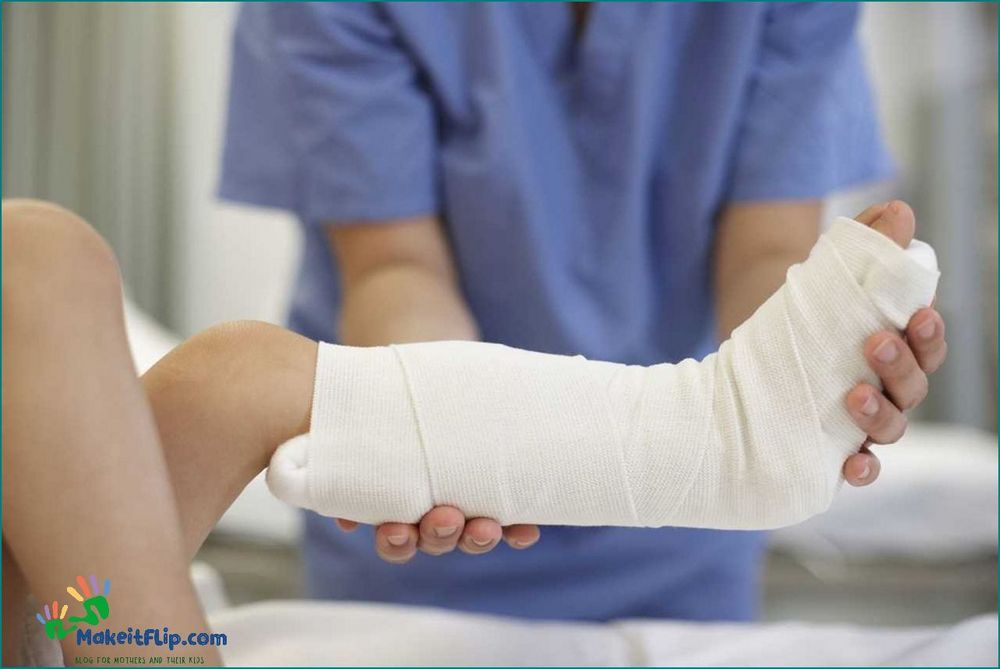
When you have a broken arm, a cast can be a vital part of your recovery. Arm casts provide several benefits that aid in the healing process and help protect the injured area.
One of the main benefits of an arm cast is immobilization. By keeping the broken bone in place, the cast prevents further movement and allows the bone to heal properly. This immobilization is crucial for the recovery process, as it helps prevent complications and promotes proper alignment of the bone.
Another benefit of an arm cast is pain relief. The cast provides support to the injured arm, reducing pain and discomfort. It also helps to stabilize the arm, preventing any additional injury or strain.
Arm casts also offer protection to the injured area. They act as a barrier, shielding the broken bone and surrounding tissues from external forces and potential re-injury. This protection is especially important during activities that may put the arm at risk, such as sports or heavy lifting.
However, arm casts also come with certain risks. One of the main risks is the potential for muscle atrophy. When the arm is immobilized for an extended period, the muscles can weaken and lose mass. This can result in decreased strength and range of motion once the cast is removed.
Another risk is the development of skin problems. The cast can cause irritation, itching, or even pressure sores if not properly cared for. It is important to keep the skin clean and dry, and to report any signs of discomfort or skin issues to your orthopedic specialist.
In some cases, wearing a sling along with the cast may be necessary. While slings provide additional support and help relieve strain on the arm, they can also cause discomfort and restrict movement. It is important to follow your doctor’s instructions regarding the use of a sling.
In conclusion, arm casts offer several benefits for the recovery of a broken arm, including immobilization, pain relief, and protection. However, they also come with risks such as muscle atrophy and skin problems. It is important to carefully follow your doctor’s instructions and report any concerns or issues during the healing process.
FAQ about topic Arm Cast Everything You Need to Know About Casts for Arm Injuries
What are arm casts used for?
Arm casts are used to immobilize and protect the arm after an injury, such as a fracture or a sprain. They help in the healing process by preventing movement and providing support to the injured area.
How long do you need to wear an arm cast?
The duration of wearing an arm cast depends on the severity of the injury and the healing process. It can range from a few weeks to several months. Your doctor will determine the appropriate length of time based on your specific condition.
Can you take a shower with an arm cast?
It is generally not recommended to get an arm cast wet, as it can lead to complications such as skin irritation or infection. However, there are waterproof cast covers available that can allow you to shower while keeping the cast dry.
What should I do if my arm cast feels too tight?
If your arm cast feels too tight or uncomfortable, you should contact your doctor or the medical professional who applied the cast. They can assess the situation and make any necessary adjustments to ensure proper fit and comfort.
Can I still use my hand with an arm cast?
Depending on the type of arm cast you have, you may still be able to use your hand to some extent. Some casts allow for limited movement and use of the fingers, while others may immobilize the entire arm. It is important to follow your doctor’s instructions and avoid any activities that may worsen your injury.
I’m Diana Ricciardi, the author behind Makeitflip.com. My blog is a dedicated space for mothers and their kids, where I share valuable insights, tips, and information to make parenting a bit easier and more enjoyable.
From finding the best booster seat high chair for your child, understanding the connection between sciatica and hip pain, to exploring the benefits of pooping in relieving acid reflux, I cover a range of topics that are essential for every parent.
My goal is to provide you with practical advice and solutions that you can easily incorporate into your daily life, ensuring that you and your child have the best possible experience during these precious years.
